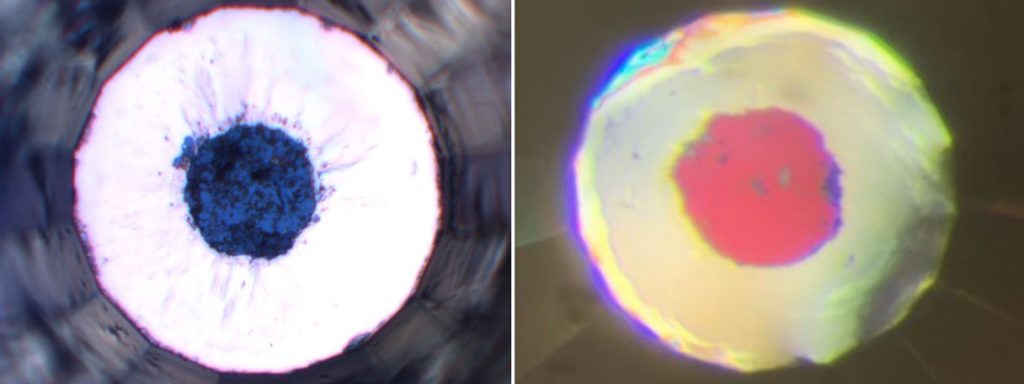Engineers from the University of Rochester have introduced a new material - nitrogen-doped lutetium hydride. He
In most cases, forsuperconductivity - a property in which a material has zero resistance - requires temperatures close to absolute zero and extremely high pressure. Researchers have already used hydrides, created by combining rare earth metals with hydrogen, as high-temperature superconductors. But they also required a pressure of several Mbar to operate, which makes practical applications of the materials difficult.
Rare earth metal hydrides formframework structures in which rare earth metal ions act as carrier donors, providing enough electrons to enhance the dissociation of hydrogen molecules. Nitrogen and carbon help stabilize materials, the scientists explain. In their study, they used lutetium as the basis.
Researchers have created a gas mixture of 99%hydrogen and 1% nitrogen and placed it in the reaction chamber with a pure sample of lutetium. As a result of the reaction, which lasted for several days at a temperature of 200 ° C, the researchers obtained a powder with a bluish light. The material was then compressed in a diamond anvil cell.
 Transition of nitrogen-doped lutetium hydride to the superconducting state under pressure. Image: Ranga P. Dias, University of Rochester
Transition of nitrogen-doped lutetium hydride to the superconducting state under pressure. Image: Ranga P. Dias, University of Rochester
As the pressure changed, the researchers discoveredtwo possible states of the material: from a superconducting "pink" at relatively low pressure to a bright red non-superconducting metallic state. At the same time, experiments showed that a pressure of 10 kbar was sufficient to induce superconductivity at normal temperature.
Although this pressure is much greateratmospheric, technologies that are used, for example, in the production of microcircuits, also use higher pressure. This opens up opportunities for the practical application of superconductors in various fields.
The path to superconducting consumer electronics,power transmission lines, transport, and significant improvements in magnetic confinement for fusion are now a reality. We believe that we are now in the modern era of superconductivity.
Ranga Diasa, Associate Professor of Mechanical Engineering and Physics at the University of Rochester and Head of Research
Read more:
Named a vitamin that protects the brain from dementia
Named a type of insomnia that reduces the risk of dementia. But why is unknown.
It turned out which men are the most fertile: their sperm is 50% better than the rest